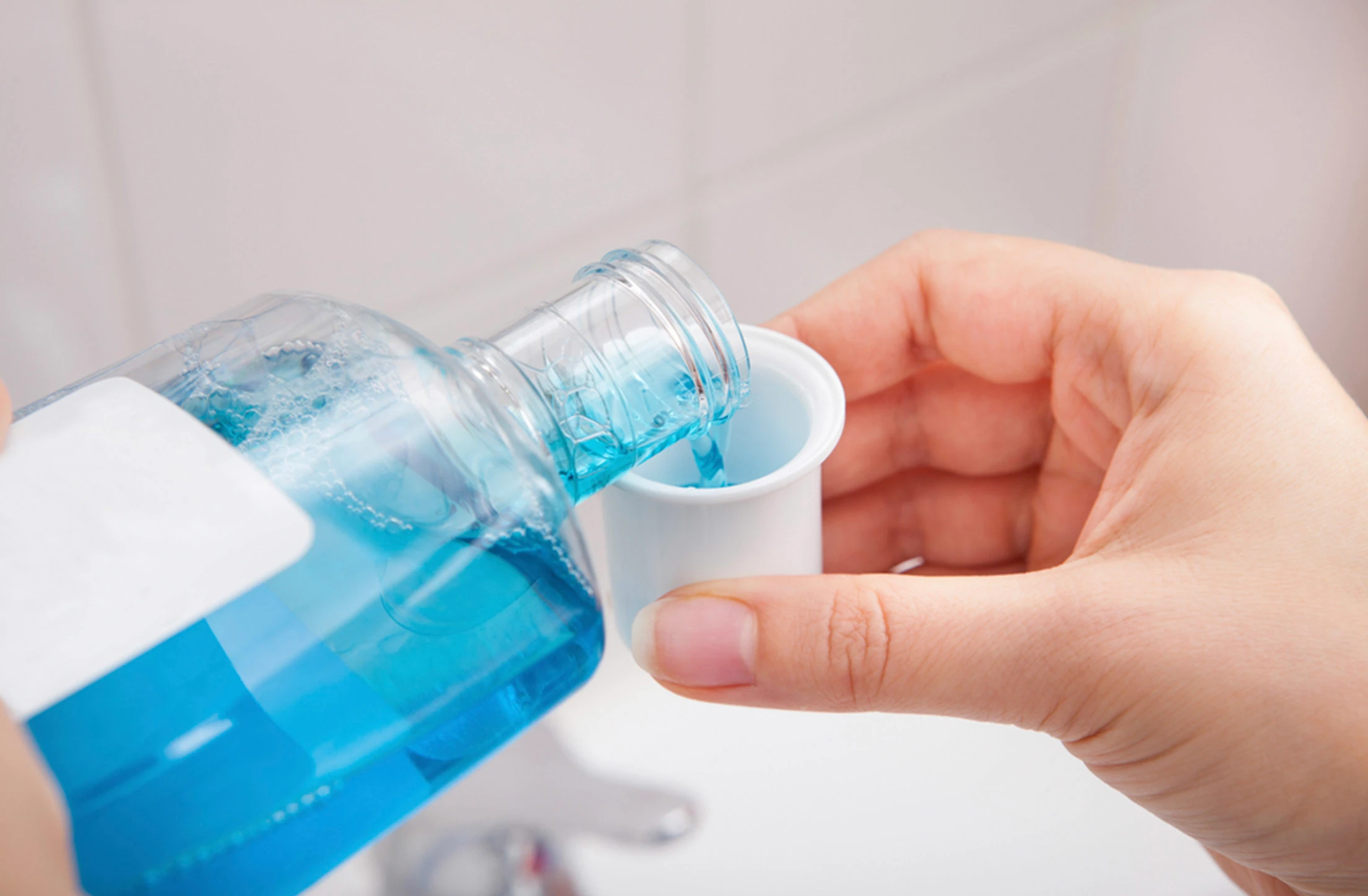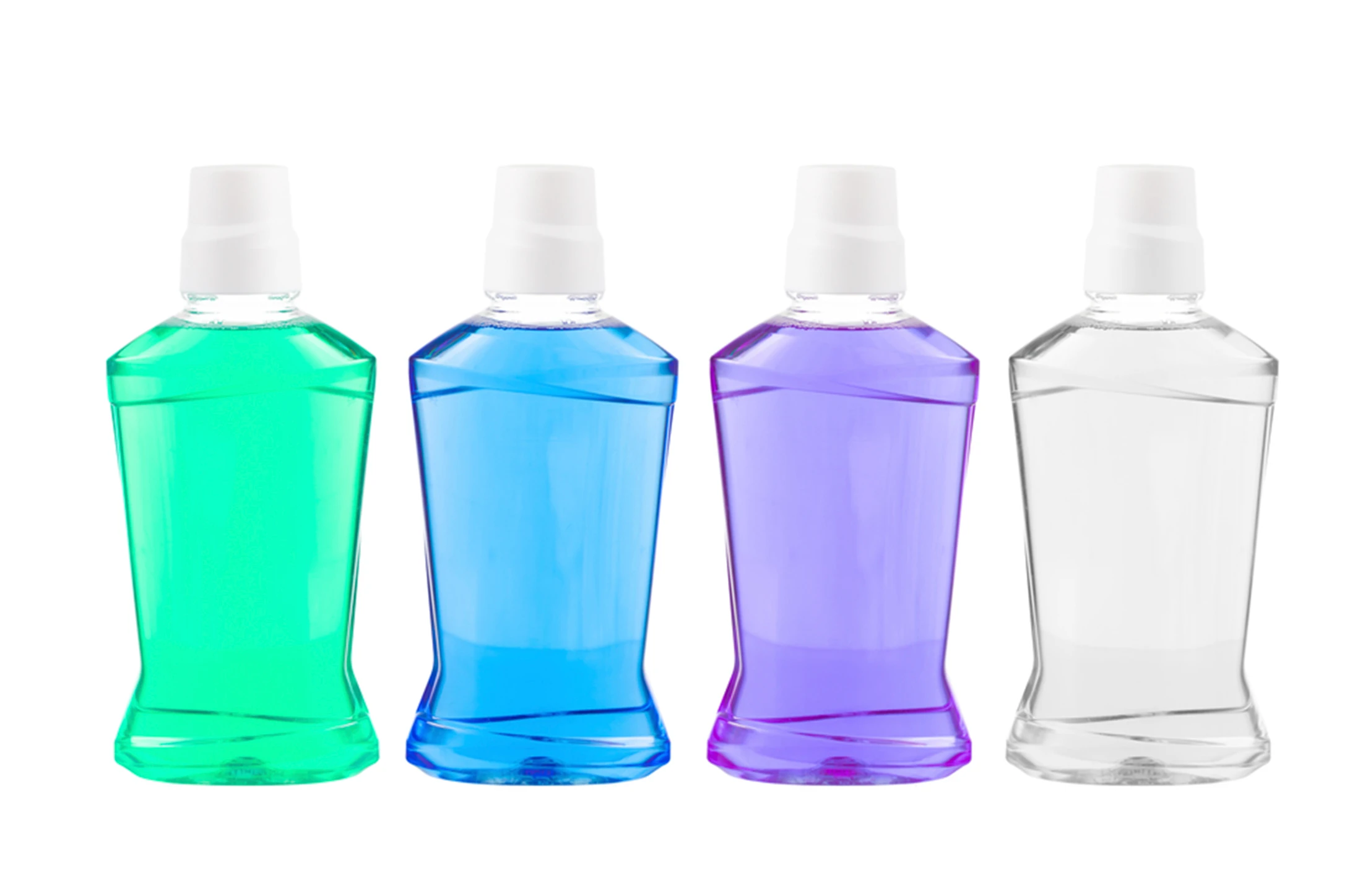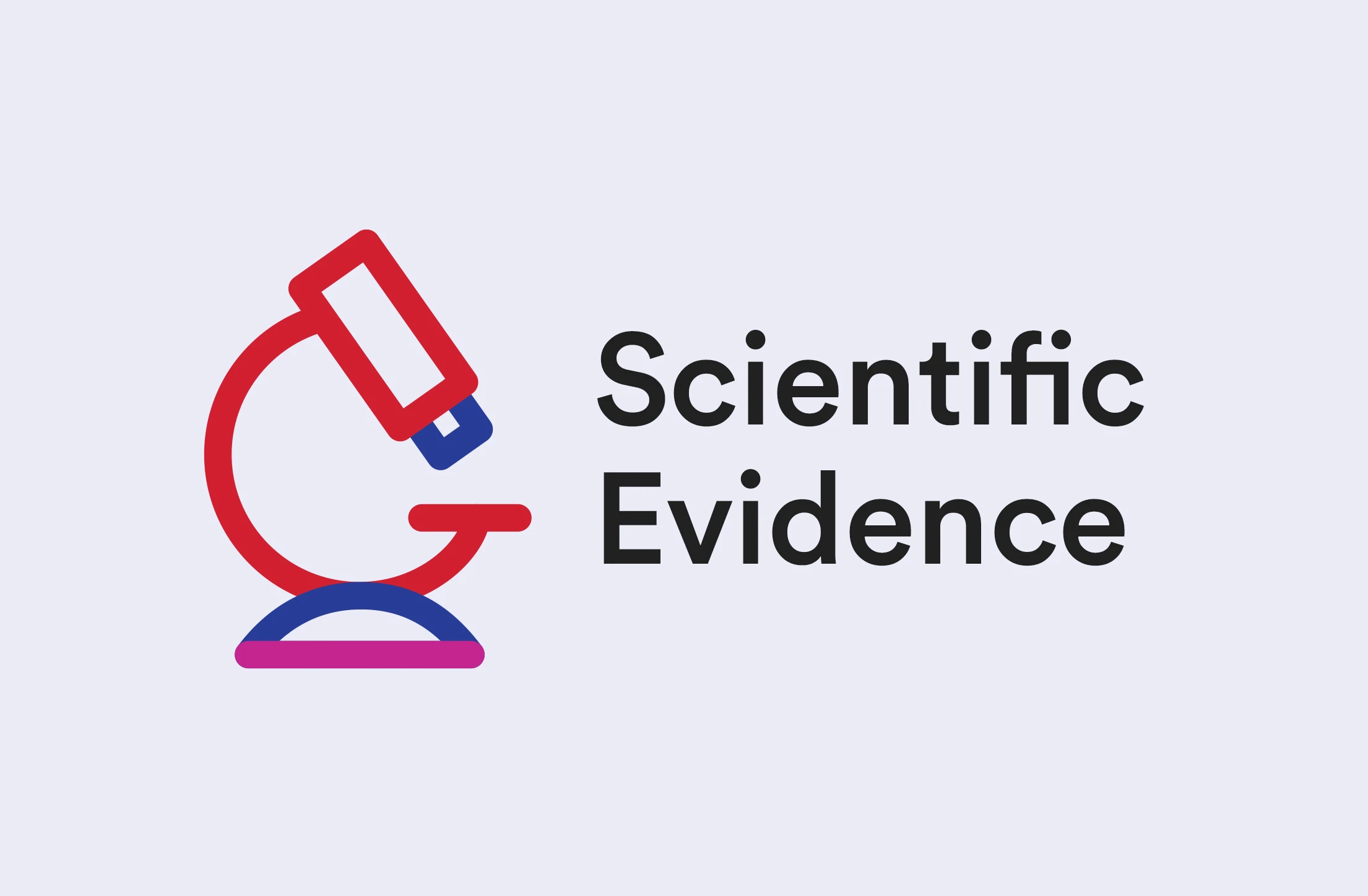How do Essential Oils work?
The antimicrobial action of a unique fixed combination of four essential oils has been demonstrated to reduce plaque left behind by mechanical methods, deeply penetrating into the bottom layers of the biofilm, breaking down its structure in places that are more difficult for a toothbrush and dental floss to access.
Essential Oils exhibit a broad spectrum of activity against Gram-positive and Gram-negative bacteria:
Non-selectively and rapidly disrupts bacterial cell wall
Protein denaturation
Bacterial enzyme activity alteration
Bacterial endotoxins extraction
Bacteria regeneration time increase
Exhibition of anti-inflammatory properties
Alteration of neutrophil function
Additionally, Essential Oils are non-ionic and do not adversely interact with ions that may be found in dentifrices and other oral hygiene products.
Spectrum of Activity of Essential Oils:

Better oral health for every patient starts by incorporating a new oral healthcare model into clinical best practices—a model that regards oral care as an integral part of general health, addresses the needs and demands of the public and the right of each individual to good oral health, and shifts from a traditionally curative approach to one of prevention and promotion of good oral health. Preventive daily oral care starts at home. Implementation of a long-term oral care routine that includes an essential oil mouthwash providing nearly 5x more plaque-free sites can be compelling information to educate patients on the most appropriate at-home oral care routine. Good oral health can be even better—and it starts with your professional recommendation.
To help your patients achieve and maintain improved oral health, proactively recommend an adjunctive essential oil mouthwash that thoroughly reduces plaque. Read more studies demonstrating the antiplaque and antigingivitis effectiveness of Essential Oil-containing mouthrinses in our Scientific Evidence section.



